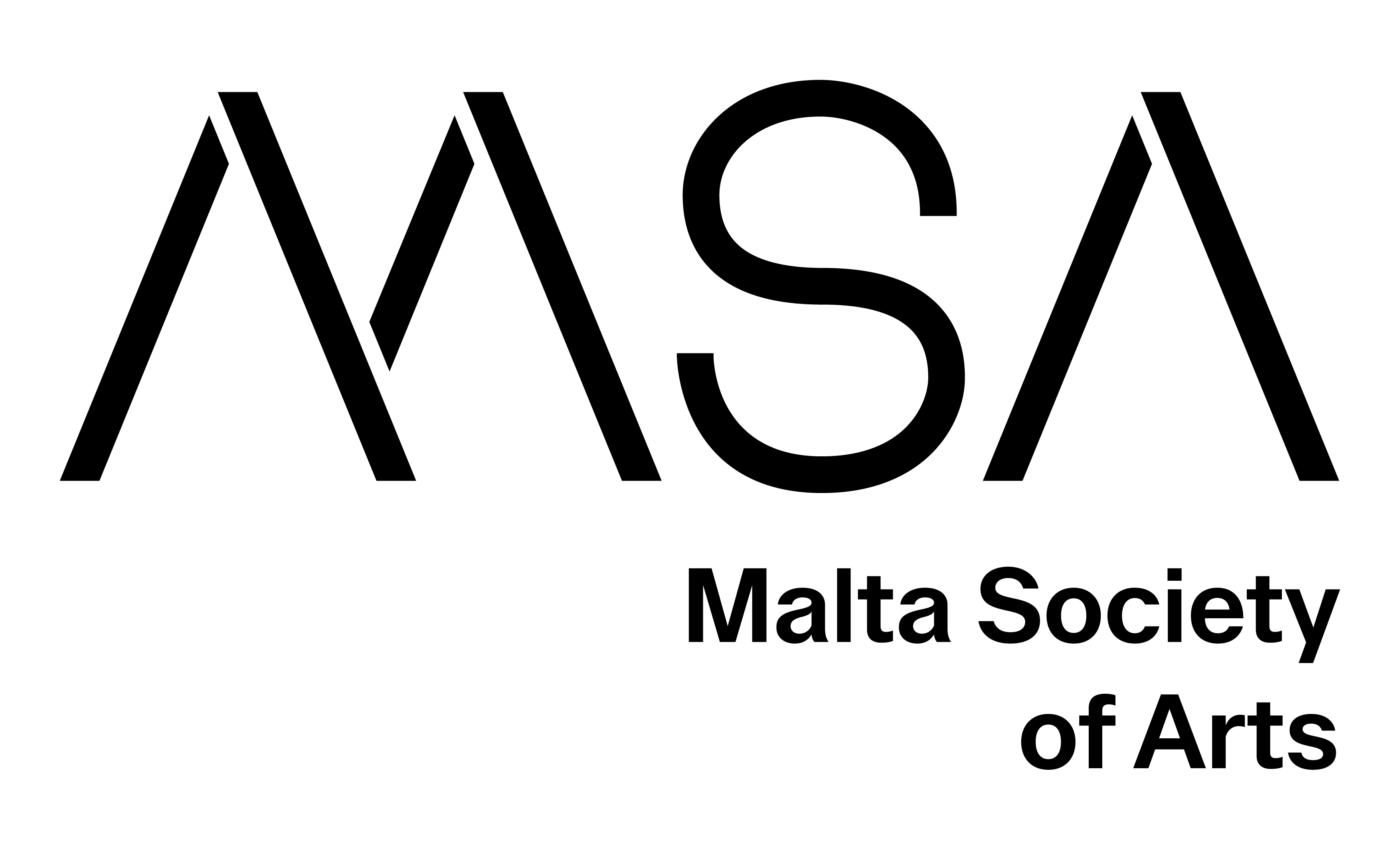This paper addresses a fundamental existential problem; the co-existence of the human and non-human and of us all with technology. How can we orchestrate a refrain that is more soothing to us, than the tune of our own demise?
Science fiction has brought us ideas of new conditions of living and dying, leaving and staying, including and excluding, that are to be found in the pacifying dream of Martian colonies, xeno transplantation, gene editing, seed banks and DNA vaults. The concept of the exit is central to this sci-fi lullaby but such a progress narrative contains a descant song of alienation. Each escape has a left behind, a not-included; those for whom their race, class, gender or species was not of sufficient value or promise to join the billionaire-death-defying-planet-touching last hurrah. For every experiment, there is a test subject, the expendable body that pays the hard service of the flesh for our dreams of an enhanced or extended life. The non-human is the experimental barometer of all our fears and desires and the subject of this paper.
Life and death are being redefined through technological progress in relation to capital. I suggest that technologies which penetrate non-human bodies to turn them into agents of our desire or paranoia contain within them a warning. They are a prelude. What would the appropriation of such technologies for humans allow for in terms of social control? How does the hierarchical ordering of living beings according to their race, class, gender or species manifest in historical experiments that want to enhance or extend the life of another?
Using examples drawn from both Cold War and contemporary experiments on animals, those that were designed and intended and those that occurred accidentally through catastrophe, this paper asks how aesthetics can construct the real in relation to current technologies that seek to ‘thwart’ death, or merge the digital and the machinic with the non-human.
It will reference the philosophies of Jean Baudrillard, Nick Land, and Giorgio Agamben alongside communication with US military personnel and science fiction writers to create a map of hyperstitional occurrences in which science and art combine to make sculpture of the flesh, and an actor of the non-human body, in the human drama of desired transcendence.
I maintain a playful and experimental approach in my practice and I like an adventure and have made art in remote or difficult to access environments and with subjects not often thought of, like Death Row at San Quentin State Prison (The Mexican Mafia and Me, 2016), on board a parabolic aeroplane owned by the Russian Space Agency and flown 23 ft up to the edge of space (Cat in 0g, 2008), and turned a bunker into a cinema at a rural prepper site in South Dakota 3⁄4 the size of Manhattan (Trust Our Judgement,2019). My next project ‘Radioactive Eden’ is going to be installed in a post-nuclear landscape that is currently inaccessible to allow for this period of growth and entanglement, until it is discovered by future human survivors. I like to situate my work in places that are somehow ‘wilded’ so that the artwork can become embedded in the landscape. I have a practice-based PhD in Art from Northumbria University, after which I became a Leverhulme Early Career Fellow at Newcastle University.
Back







